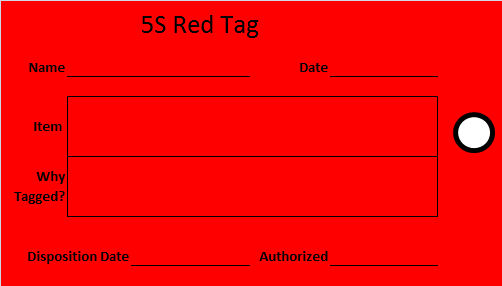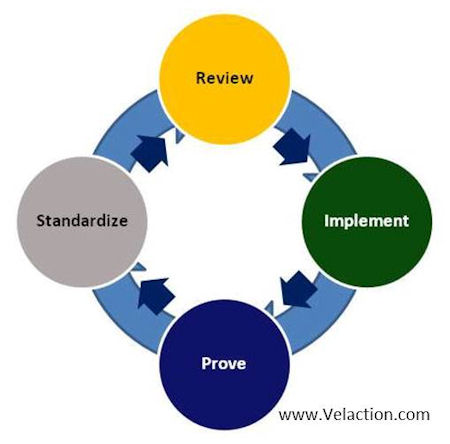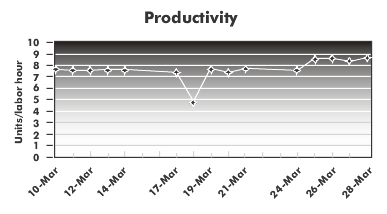Lean Terms
Random
Random means occurring by chance. There are formal mathematical definitions regarding probability distributions, but the basic definition is how the typical non-mathematician looks at randomness. But even with that simple definition, we often think of things as being random when they really are not. In truth, even something as simple Read more…



